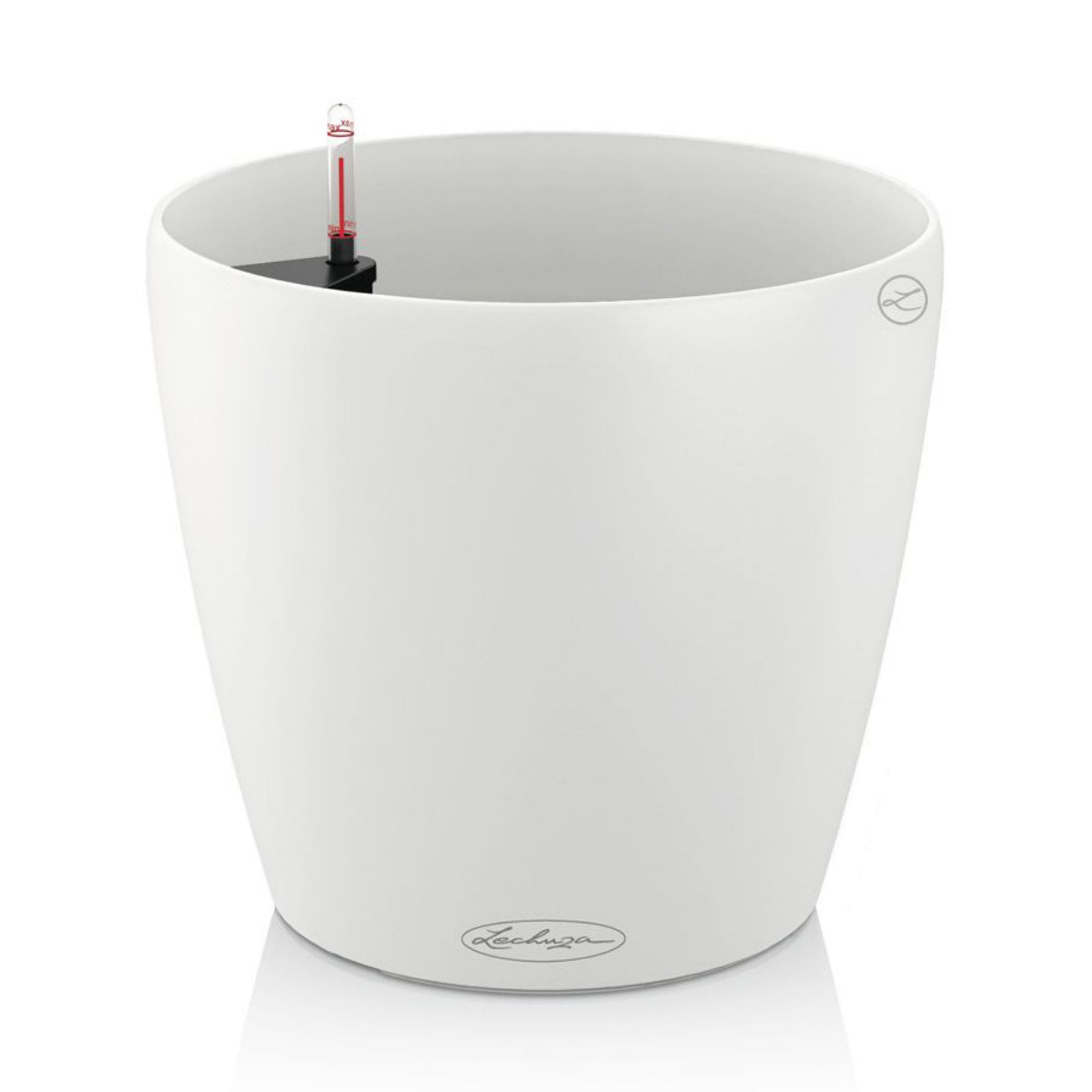
The Pine Bark differentiates this mix from the other two as it is an organic ingredient. There are multiple available Lechuza Pon alternatives mostly developed for Bonsai and Cactus plants.īoon Bonsai Soil Mix consists of pumice, lava, charcoal, and Akadama which is a clay-like substance.Ī similar alternative is the Bonsai All-Purpose Mix with Pumice, Clay, Lava, and Pine Bark. This can be sufficient to fill a planter but will heavily depend on the size of your plant and also the root system and the substrate that you add to the planter.Īvailable Lechuza Granulated Hydroponic Soil bag sizes: It is important to realize that whenever you buy a planter you will get some pon already with it. Lechuza Pon substrate is available in different sizes from 0.8 gallons (3l) bags to 6.6 gallons (25l) bags. The slow-release fertilizer is already added to the substrate mix and will last for 6 months according to the supplier.

The lava stone, Zeolite, and Pumice are porous and will make sure water is wicked up and nutrients are stored and reach the roots of your plants. Lechuza Pon IngredientsĪccording to Lechuza, the Lechuza Pon substrate consists of the following ingredients: Lechuza Delta is great for crawlers such as Philodendron Mamei, Philodendron Gloriosum as these planters are wide and slim.įor larger plants such as Monstera Deliciosa, you will want something bigger such as Lechuza Classico, Cube, or Cubico. I have countless Lechuza planters such as the Deltini and Delta.ĭeltini is great for climbers such as Monstera Adansonii, Pothos, and climbing Philodendron that do not get too big. The nutrients that are present in the form of slow-release fertilizer in the substrate release micro and macronutrients to the plants all the time. In addition, your plants are watered constantly. The root systems go crazy in Lechuza Pon due to the air pockets and airflow that the Lechuza system allows. In the end, what counts for me personally is how my plants are doing. Some of my used Lechuza Deltini Planters Conclusion regarding using Lechuza PonĪs you can see I listed several advantages and disadvantages of using Lechuza Pon. Mold can build on the top of the substrate that needs to be removed.Not a cheap solution as planters and substrate are costly.Plant pests such as thrips will still infest your plants and lay eggs.The roots attach to the inside of the planter and grow into the water reservoir Planters get very dirty after a while as debris and roots are accumulating.Water level indicator breaks easily and is not always accurate.Not suited for very fragile and baby plants as the added in fertilizer can be too much.You cannot control the fertilizer that is added.Very durable and sturdy high-quality planters.

Planters look great and are available in different colors.Lechuza Pon substrate doesn’t decompose quickly.When using Lechuza Pon you can go on holiday for several weeks no problem.You fill up the water reservoir and your plants are sufficiently watered for weeks (2-3 weeks)

The pon is heavy, so even climbing plants won’t tip over.You don’t have to mix your own potting substrate.These are my findings after using Lechuza Pon for years for my Monstera, Philodendron, Cacti, and Begonia plants. This is when I ordered my first Lechuza planter that comes with some Lechuza pon already included. This was about 3 years ago and I was looking for a new solution.Ī system where I do not have to worry too much about watering and where I do not have to mix my own potting substrate. I was using the wrong substrate and was also watering too much. It is highly infectious, happens when you are watering too much in combination with a dense potting mix.Īt the beginning of keeping houseplants, this used to happen to me a lot. Otherwise, there is a chance of root rot developing. It took me some time to understand the concept, but air needs to be able to flow to the roots constantly. What they have in common is that they need very airy, well-draining soil. These plants are mostly climbers, some of them such as Philodendron Gloriosum, and others are crawlers. I am caring mostly for aroid plants such as Monstera and Philodendron. Philodendron Gloriosum loving its life in Lechuza Pon (Planter Delta 20)


 0 kommentar(er)
0 kommentar(er)
